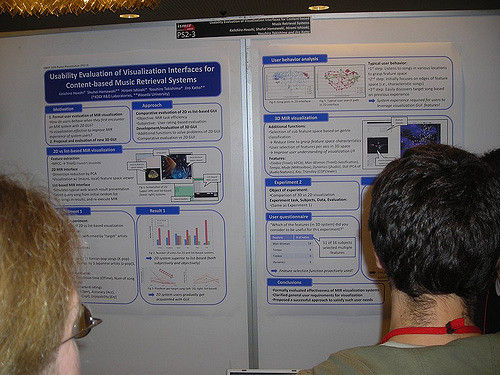Usability is a vital part of the user experience as a whole. It’s vital for UX design teams to be able to assess whether a system they’ve developed is “usable”. When we say “usable” what we normally mean is the “extent to which a system is simple and enjoyable to use”. Yet, as with all simple concepts the reality of conducting usability evaluations is far more complex.
Before we can begin to look at the field of usability evaluations there are four useful assumptions we can make about usability:

Assumption 1
Usability is a built in property of all interactive digital technology. It is also a measurable property of those technologies.
Assumption 2
There are existing methods prepared by both Human Computer Interaction and Interaction Design professionals that should be able to determine if a system is usable.
Assumption 3
If a system is determined to be usable. The same methods should be able to tell us how usable. These methods should give us useful metrics which are both robust and objective.
Assumption 4
These methods have been documented. If you want to learn about usability evaluation; you should be able to read the literature and then via application and practice – you should be able to tell if a system is usable and if so how usable it is.
This sounds fantastic doesn’t it? It makes everything sound easy. The good news is that we can measure usability; so that should avoid any arguments over semantics when we put our system through an evaluation right?
The fact that there are existing methods means that we don’t have to develop our own methods. This sounds even better. None of us like reinventing the wheel and if someone else has done all the hard work; so much the better. We can grab a reference text and roll out some other expert’s test on our system and just write down the results.
In fact, this makes usability evaluation sound like the easiest job in the world doesn’t it? Yet, usability evaluation can still be a surprisingly tricky field. You see, it’s a relatively new field. In the days of relatively simple technology; like, for example, the wheel – we could determine usability very easily. “Does it go round and make moving stuff easier?” “Why, yes it does!”
But our modern technologies are far more complex and users have different inherent interests, abilities and experiences. An electron microscope is certainly “usable” to a trained laboratory technician but probably much less usable to a random passer-by.

Author/Copyright holder: Paul Lamere. Copyright terms and licence: CC BY 2.0
The assumptions above are a useful starting point for usability evaluations because they are, to some extent, true. However, they are a starting point only and the usability evaluations you conduct are an end point. You may have to devise your own methods (or build on existing ones) and yes, you may have to argue semantics about what makes “usable” the right word in your context too.
If you’d like to know more about how you might do that; you can read the full text of Usability Evaluation by Gilbert Cockton (Professor of Design Theory in the School of Design at Northumbria University) here.
Header Image: Author/Copyright holder: Arcadiuš. Copyright terms and licence: CC BY 2.0











